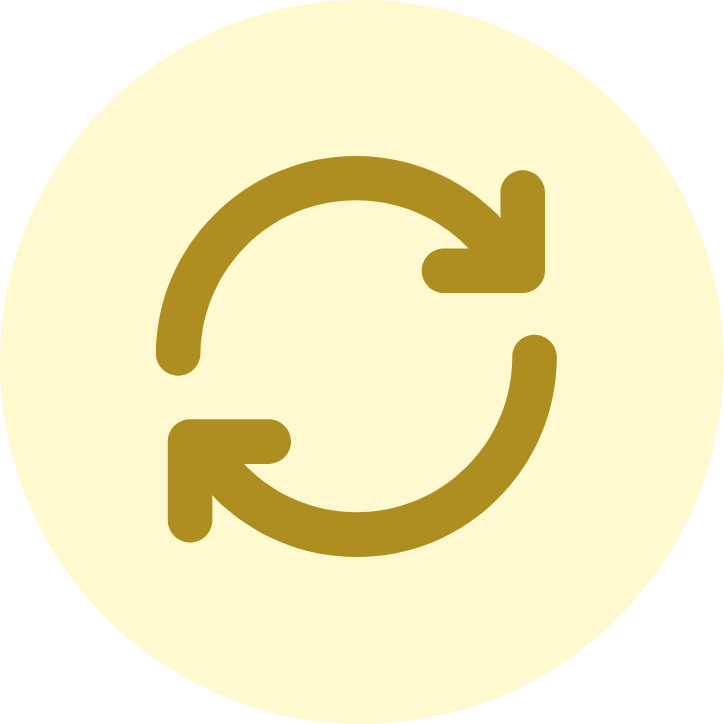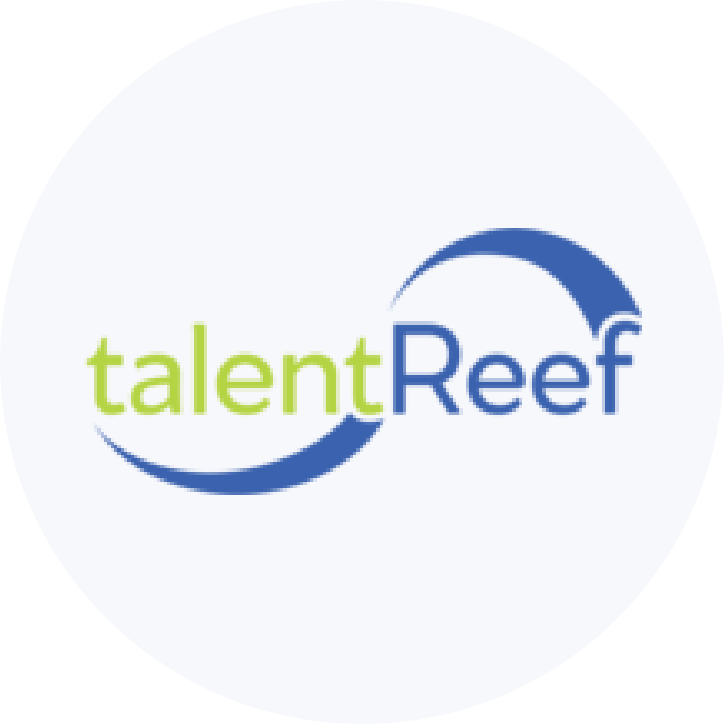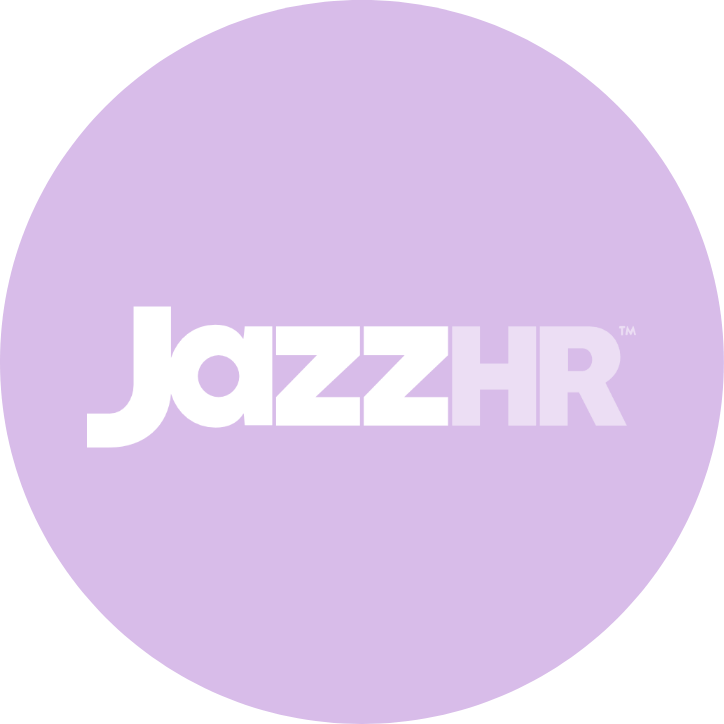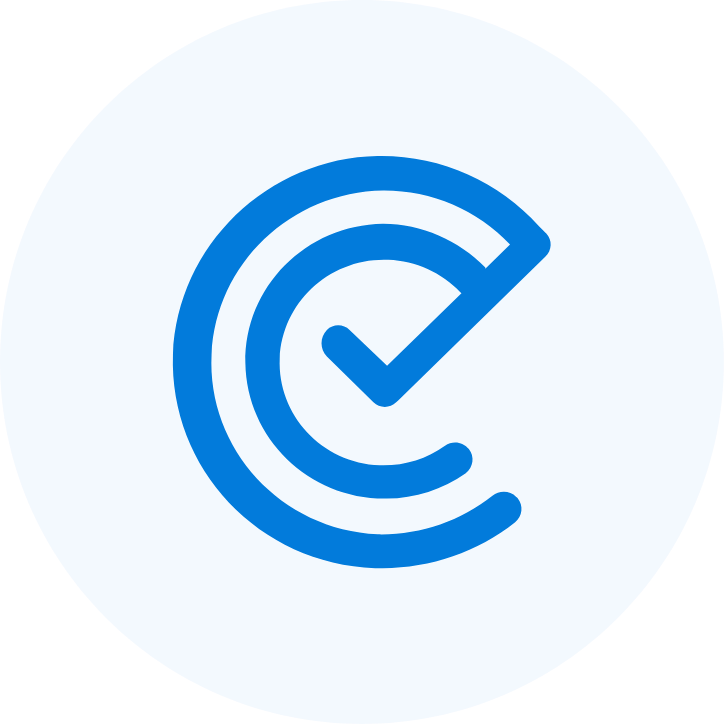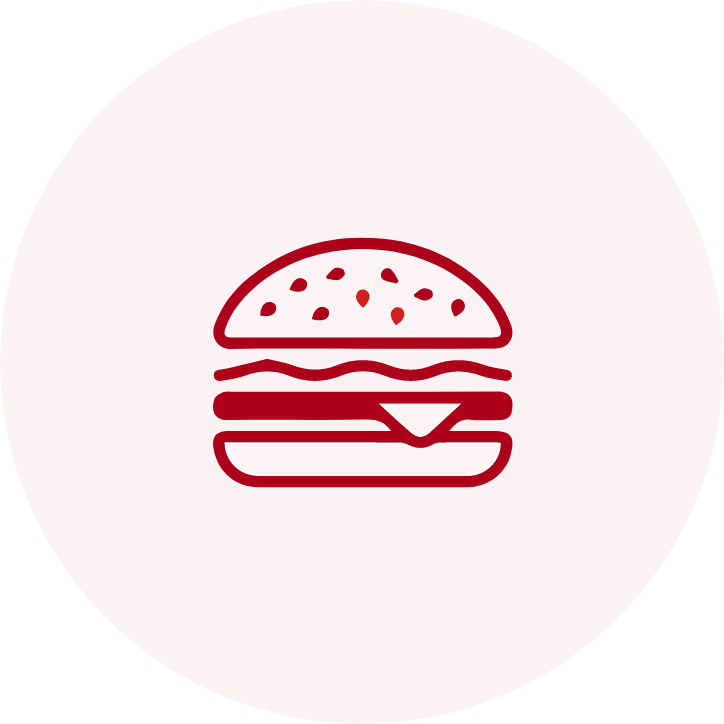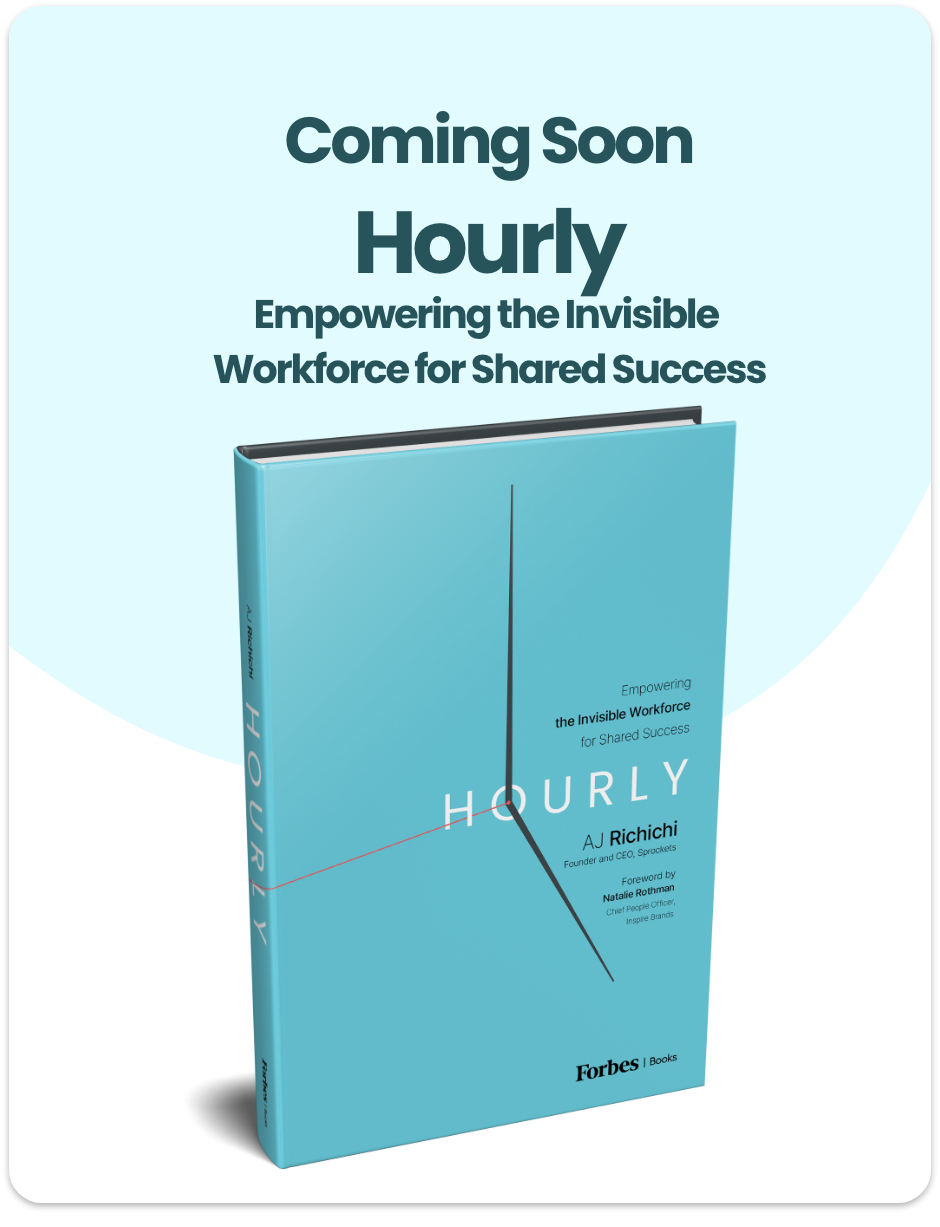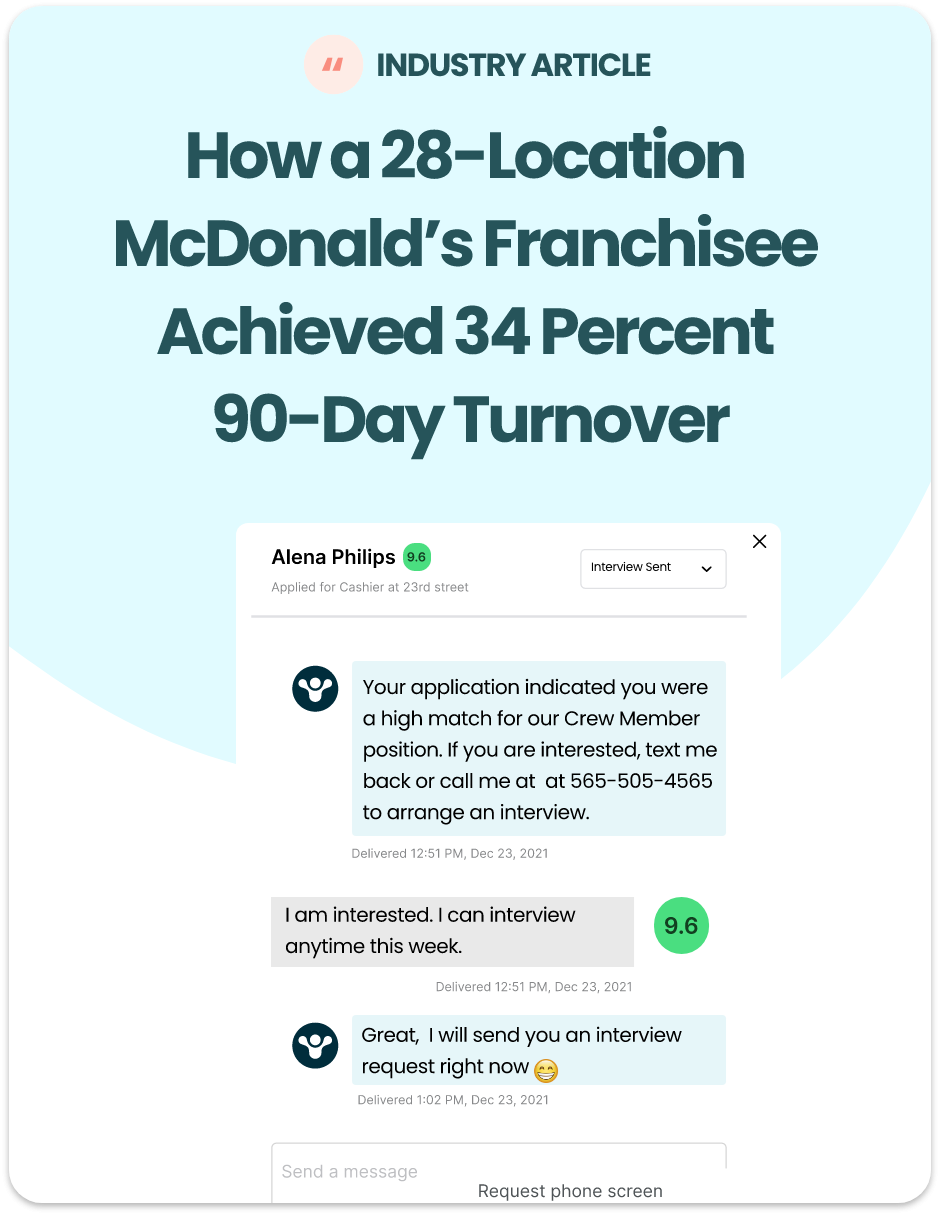Do desperate times always call for desperate measures? When it comes to hiring strong, cohesive teams in the hourly workforce, we don’t think so. You don’t need just any applicants to fill your positions — you need the right ones. We’ll teach you how to increase applicant flow in a tight labor market and introduce hiring strategies you can implement to reduce your reliance on applicant flow in the first place.
Reasons You Might Be Facing a Shallow Applicant Pool
There are many reasons you aren’t receiving as many applications as you’d like. Here are a few common causes:
- Current events that affect the labor market
- Dissonance between what applicants want in a company versus what companies are willing to offer
- Vague or poorly written job descriptions
- Applicants are choosing your competitors
- You’re not posting your job description in the right places
The good news is that you can control most of these reasons by rethinking your current strategies.
Why You Shouldn’t Hire Out of Desperation
It can be tempting to hire anyone who applies, especially when your business is severely understaffed and as a result, you and your employees are overwhelmed. While it may seem like a good solution at first, this common mistake can actually lead to unnecessary expenses and high turnover. Remember, it can cost $5,000 to replace a single employee when you factor in recruiting, onboarding, and loss of productivity expenses. It’s important to hire the right fit — someone who truly cares about your business and wants to succeed. The wrong person will likely quit in less than 90 days and then you will have to start the hiring process all over again. Passing on a bad hire can save you thousands of dollars and hours of time. In the meantime, here are a few ideas to boost applicant flow:
Creative Recruiting Ideas for Increasing Applicant Flow
- Optimize Job Postings: The quality of your job description determines the quality of the applicants you receive, so it’s important to put yourself in your ideal hire’s shoes. Which job boards or social media platforms do they use? Linked? Indeed? Snagajob? Those are the places you want to post your description. As for the actual content, be clear and concise — applicants only spend an average of 14 seconds reading a job description! We recommend keeping your posting between 100 and 300 words. Additionally, be transparent about salary. 67% of job seekers are more likely to apply for a position when a salary is included.
Key Elements of a Job Description:
-
- Job Title
- Pay Range
- Responsibilities
- Requirements
- Work Environment
- Company Culture
- How to Apply
- Create a Video: Social media platforms like TikTok, Facebook, and LinkedIn are an effective way to increase your applicant pool as 89% of job seekers say their phone is an important tool for their search. Gen Z is expected to be the largest generation by 2023 — with a grand total of 74 million people —- so it’s important to cater your job postings to their interests. Use easy video editing tools like Canva or Capcut to create a video explaining the type of applicant your business is looking for. It’s a creative way to highlight company culture and share your core values. You could also interview current employees about why they enjoy working there or even film a “Day in the Life” video of the positions you need filled. The options are endless!
- Waive Resume Requirement: The traditional hiring process usually requires applicants to submit a resume, but did you know that resumes are over 500 years old? It’s true — the first resume was written by Leonardo DaVinci in 1482. So many businesses continue to follow this outdated practice, even though we have technology (like Sprockets’ hiring solution) to streamline the process. Additionally, resumes only tell a piece of your applicant’s story. They fail to convey soft skills or personality traits. They may even contain false information as 40% of job seekers lie or stretch the truth on their resumes. Consider waiving this requirement to encourage more people to apply, specifically, people without direct industry experience. Plus, it’ll speed up the hiring process on your end since you won’t have to sift through piles of paperwork!
Hiring Strategies to Implement When You Can’t Increase Applicant Flow
- Promote From Within: Your next best hire could be one of your current employees. There’s significantly less risk because you already understand their character and know how they mesh with the rest of your team. A study even found that external hires are 61% more likely to be fired from their job than employees promoted from within. External hires also underperform in their first two years within the company, compared to internal hires. Additionally, it’s smart to offer growth opportunities since employees are seeking an actual career — not a dead-end job. If they know they could be rewarded for their hard work with a possible promotion, they’re more likely to be engaged and productive.
- Hire For Coachability: A common misconception is that the best applicant will have years of industry experience. We’ll let you in on a little secret — that’s not always the case. Some of the best employees don’t have direct experience but possess the right soft skills that complement the rest of your team. You can teach someone how to effectively execute daily tasks but you cannot teach individuals how to be creative, for example. It’s better to hire for attitude and train for skill. Decide which soft skills you desire in an ideal candidate then create a list of specific questions to ask in the interview that can help you gauge if an applicant has them or not. For example, if you’re looking for someone who is honest, you might ask, “Have you ever been in a situation where being honest landed you in trouble?”
- Use Pre-Employment Assessments: In general, pre-employment assessments equip hiring professionals with additional information about applicants to help them make smarter decisions. Consider adding one to your current process if you aren’t already doing so. Sure, it may add an extra few minutes to the application process, but it’s a fair trade-off as pre-employment assessments increase your quality of hire. The most common type measures a candidate’s mental capacity to think through complex situations they may encounter at the workplace while other types of pre-employment assessments analyze an applicant’s physical ability to safely perform daily operations.
For more hiring tips, read our free guide: 4 Steps to Reduce Your Reliance on Applicant Flow.
Stabilize Staffing Levels With Sprockets
Hire and retain top talent before your competitors with Sprockets’ solution. Trusted by top brands like Chick-fil-A, Dunkin, and McDonald’s franchise locations, Sprockets is proven to boost employee retention by 43%, on average. The software reveals which applicant is the right fit for your business by analyzing shared personality traits between incoming candidates and your current top-performing employees. Each applicant receives a fit score between one and ten. So, even if you have a shallow applicant pool, you’ll know who will succeed and stay long-term. All you have to do is hire the top-scoring candidate and get back to running your business.


